
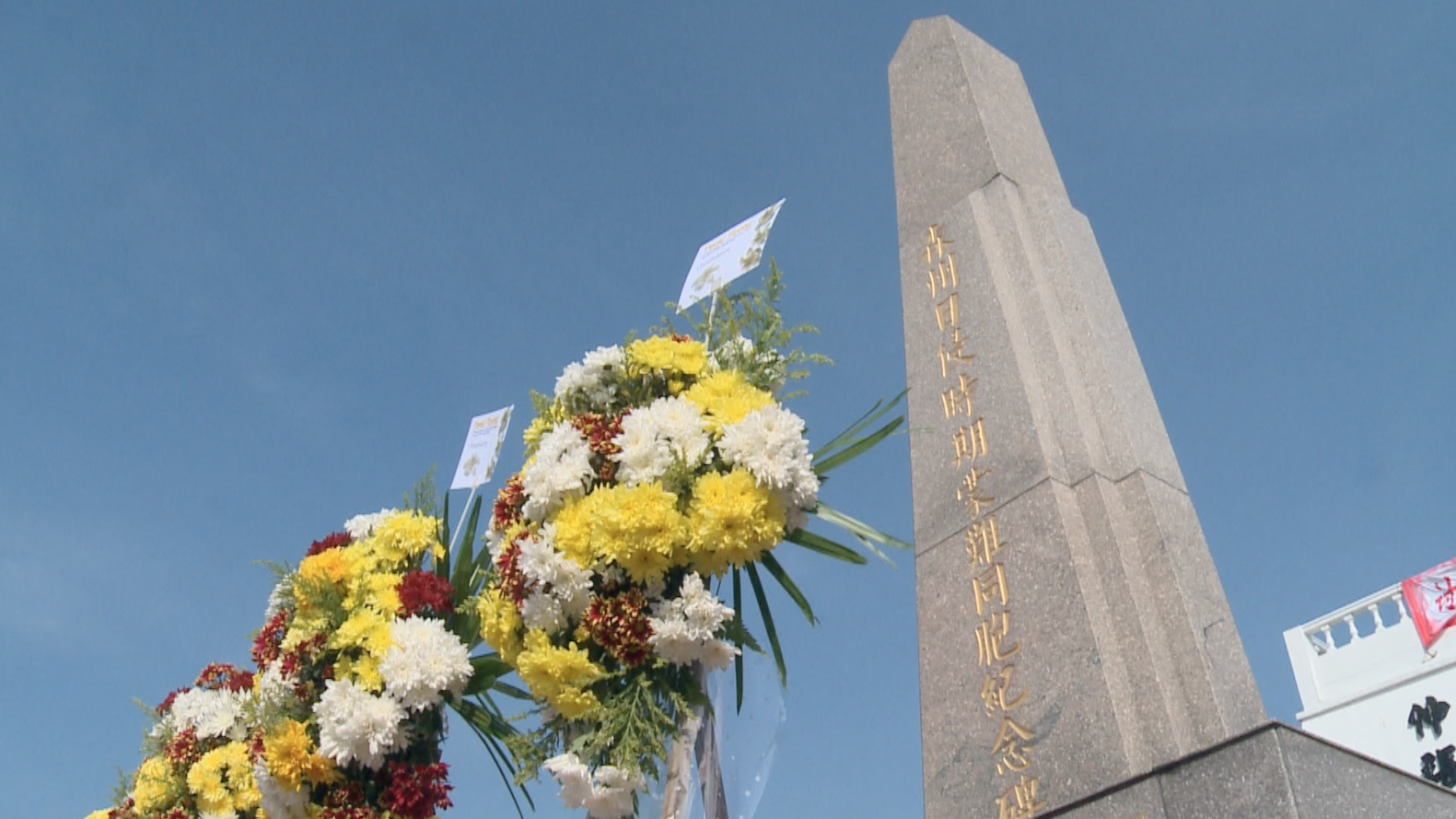
A little over an hour before the infamous attack on Pearl Harbor, the Pacific War began with the Japanese invasion of what was then Malaya. What followed was three years and eight months of harsh Japanese rule in which ethnic Chinese bore the brunt of the brutality.
Today, the era gets scant attention in Malaysia's national school curriculum. And when August 15 rolls around, there is no official government commemoration of the Japanese surrender.
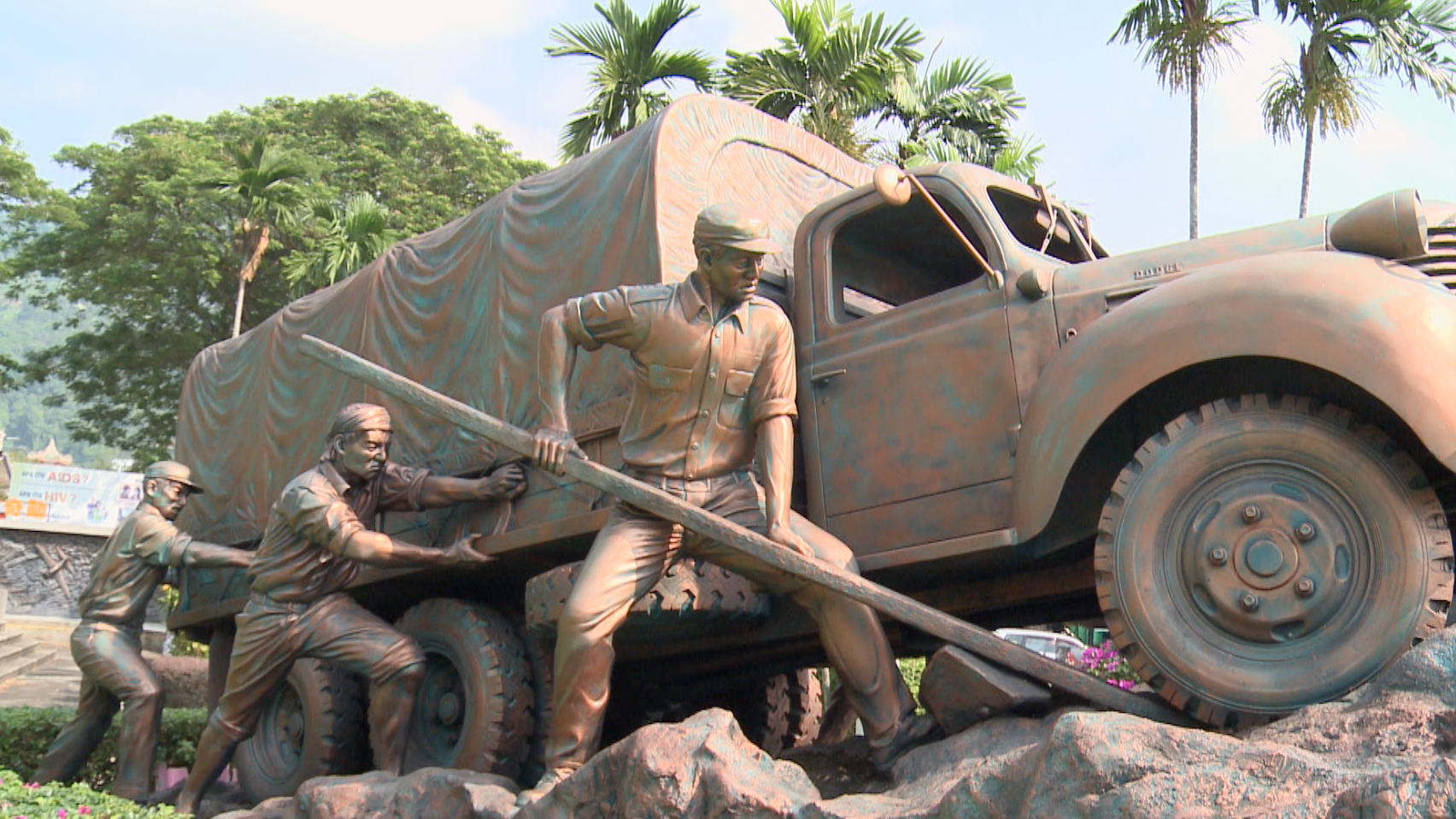
Chinese Malaysians have built war memorials across Malaysia. /CGTN Photo
There are some possible explanations for this. First, the resistance to the Japanese occupation was spearheaded by the ethnic Chinese-led Malayan People's Anti-Japanese Army (MPAJA), which doesn't fit with the national narrative in this predominantly ethnic-Malay country. Secondly, many of those who fought in the MPAJA later joined the left-wing insurgency that continued even after the British had quit Malaya.
Also, as Malaysia moved to industrialize starting in the early 1970s, it was Japan that was the leading foreign investor and a key driver of Malaysia's economic transformation.
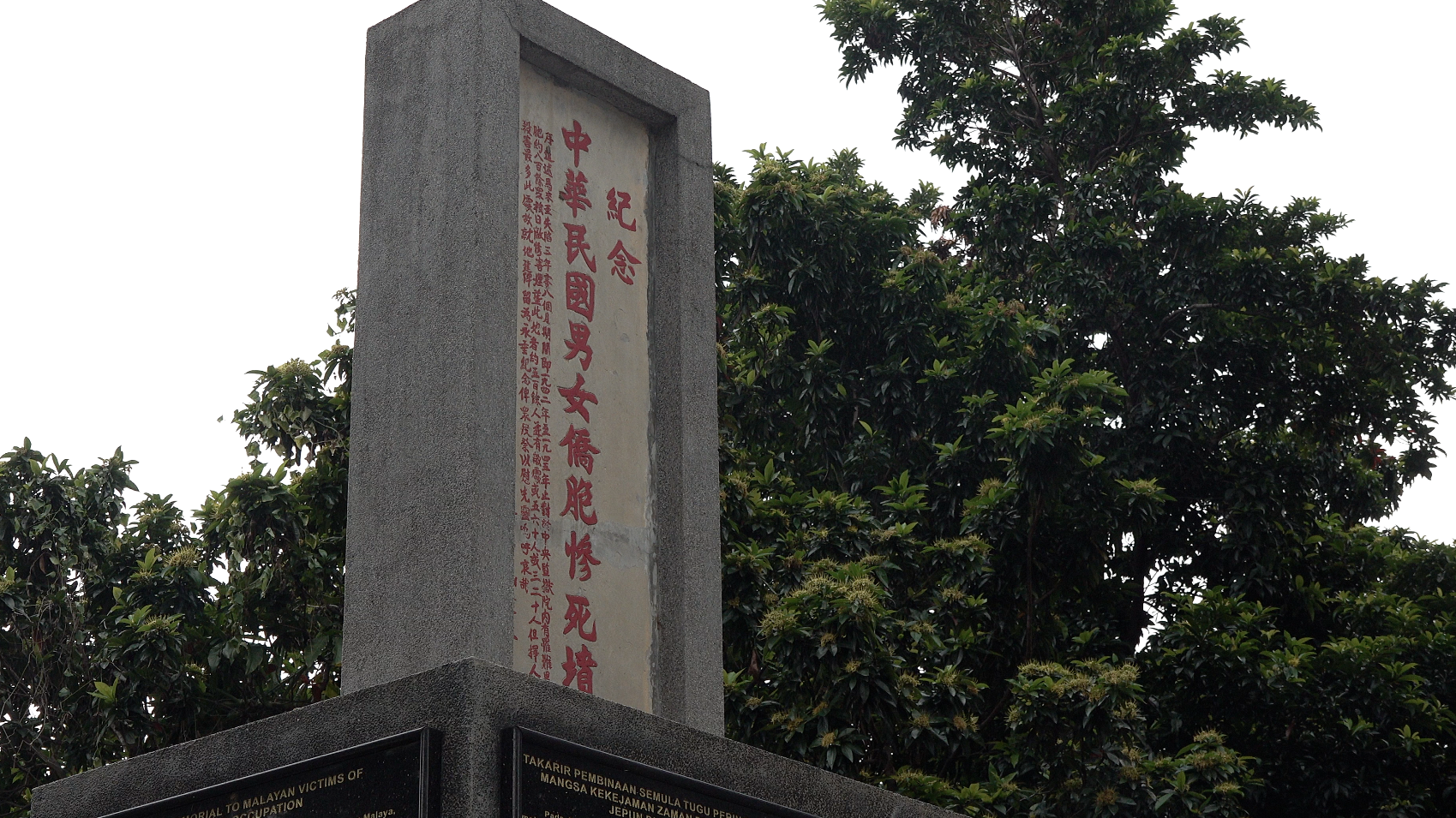
Ethnic Chinese took the brunt of Japanese brutality during the occupation. /CGTN Photo
So today it is left almost entirely to Malaysia's ethnic Chinese community to build and preserve monuments to the era, and try to keep the lessons of the occupation alive in people's minds.
Those who survived the occupation are now frail and elderly. But for some of them, the memories remain vivid.
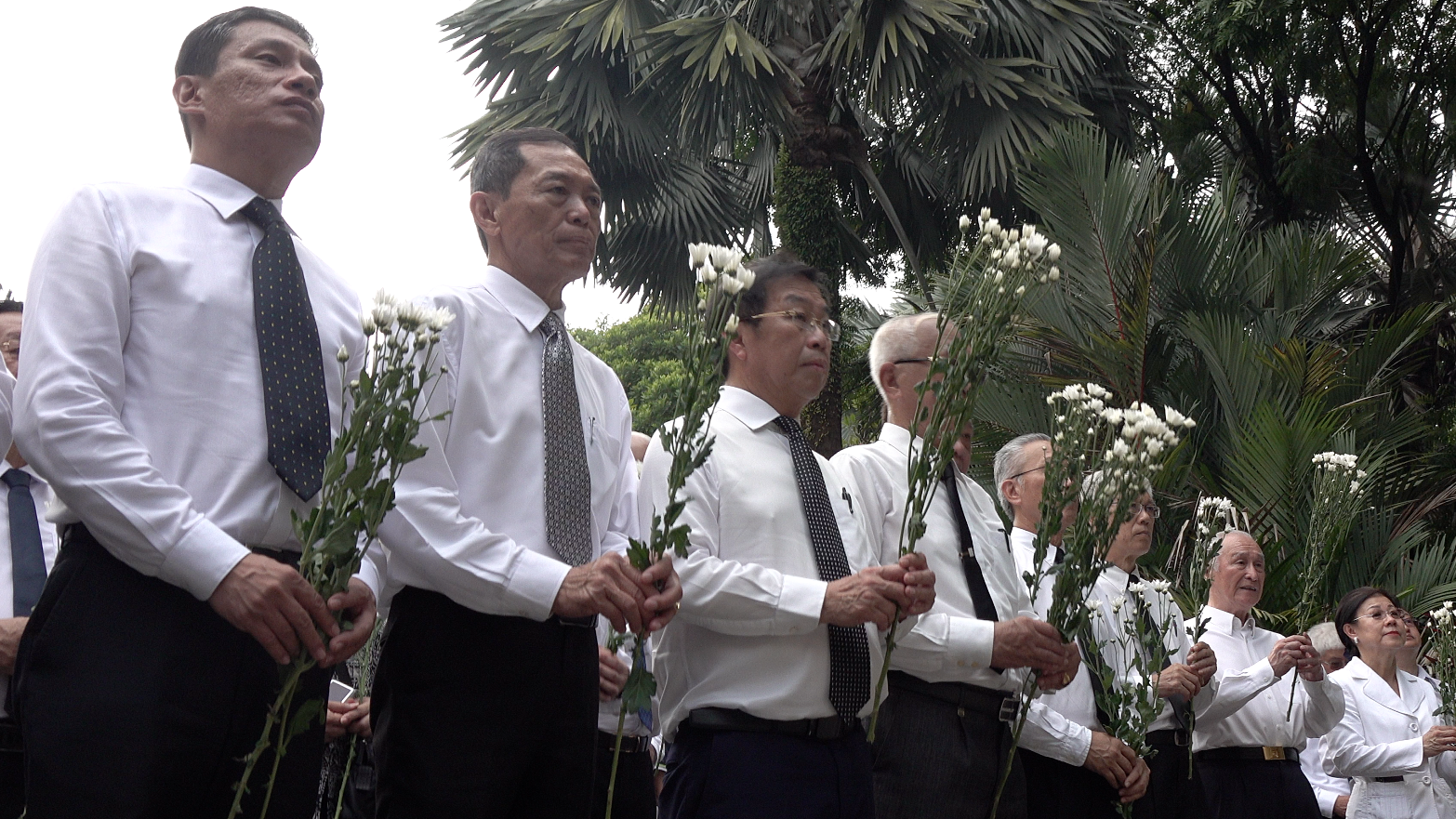
Chinese embassy officials are joined by Chinese Malaysian community leaders. /CGTN Photo
Yap Teck Min joined the resistance after his elder brother ran away from a Japanese military training camp.
"The result is my father was threatened and beaten by them. They also beat the rest of us up. After that the Japanese say 'We'll give you a chance. You have 10 days to send your son back to the camp.' They came back and they couldn't find him so they chased us all out of the house. Without letting us take anything from the house, they burned it down."
After that, Yap joined the Malayan People's Anti-Japanese Army.

Japanese professor Nobuyoshi Takashima attends the ceremonies each year. /CGTN Photo
But while the memories of the atrocities linger, those marking the anniversary of the Japanese surrender on Thursday did so standing side by side with a group from Japan.
Professor Emeritus Nobuyoshi Takashima has brought dozens of study groups from his country to Malaysia over the years to visit war memorials and learn more about their wartime past.
"The education system in Japan should tell the true history of what happened, let people learn from what happened. But that is not happening," he said.
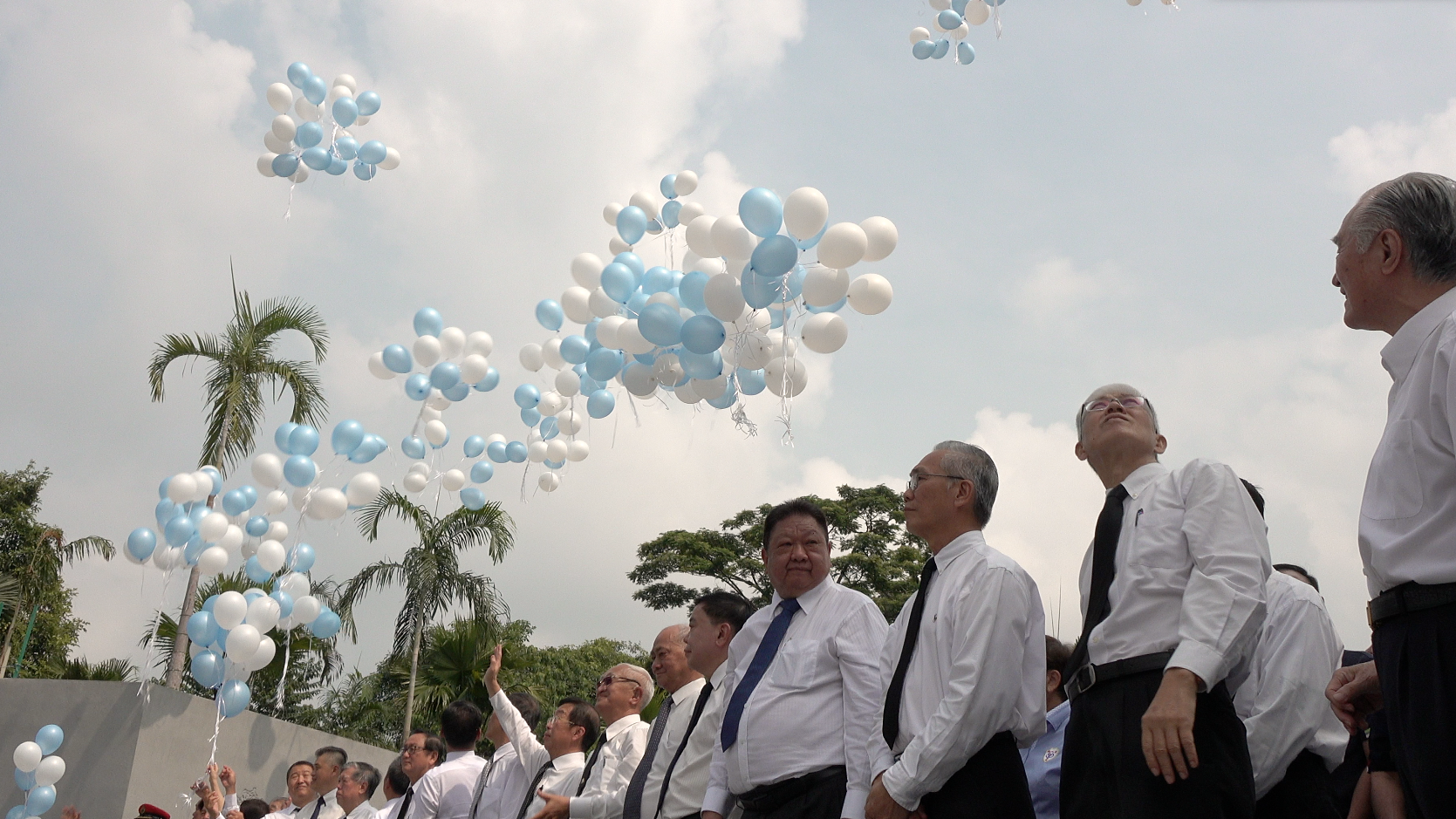
Officials from China's embassy are joined by Malaysian dignitaries. /CGTN Photo
One of the memorials where people paid their respects is the site of a mass grave of civilians killed during the occupation. But these events are not about vilifying the occupiers.
"Taking history as a mirror, we must let the new generation understand the ruthlessness and destruction of war, deeply experience the historical stories and understand the value of peace so that they will be committed to creating and maintaining peace," Ong Seng Khek, president of the Kuala Lumpur and Selangor Chinese Assembly Hall, told the crowd at Thursday's memorial.
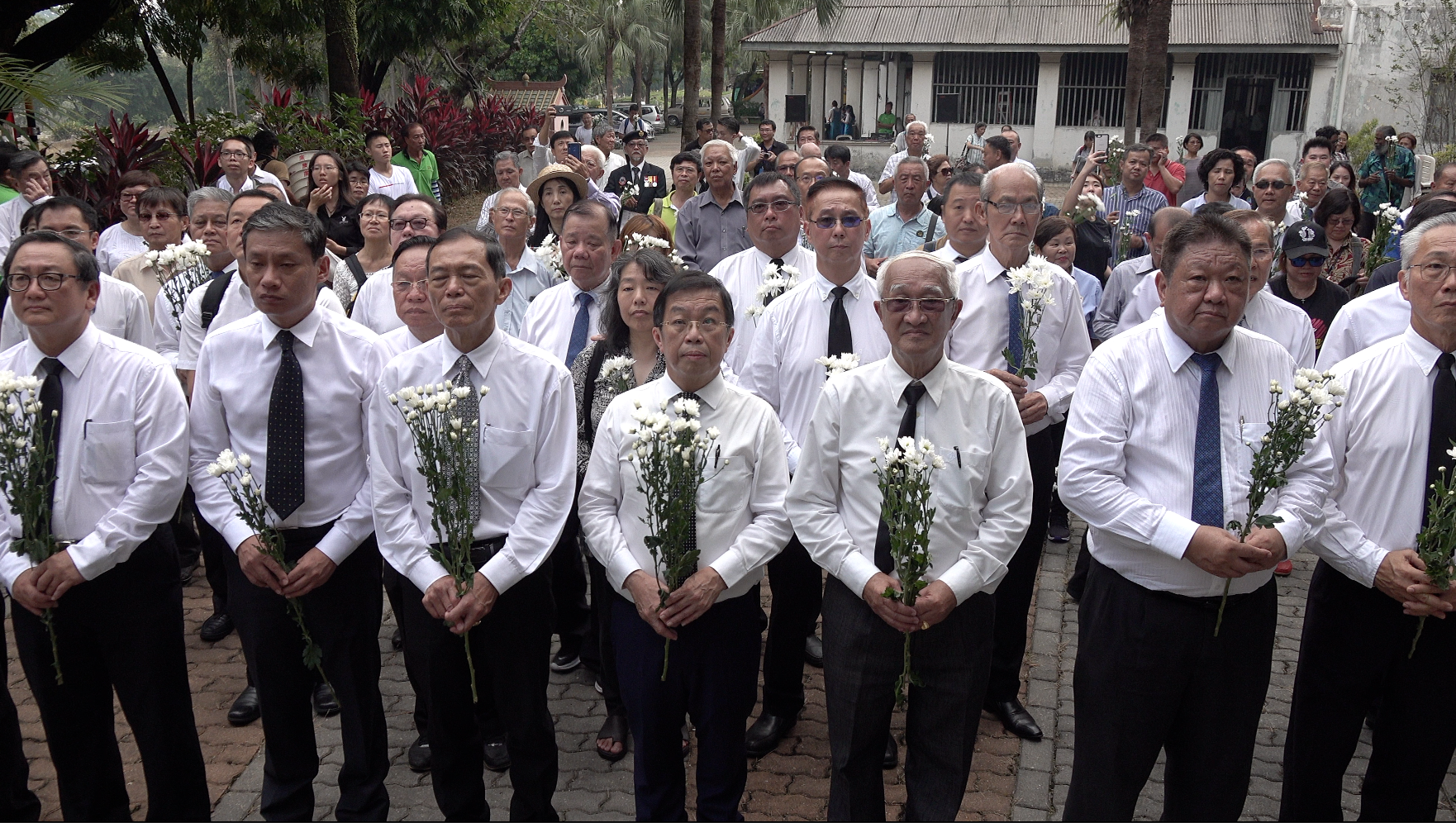
Preserving memories, and learning lessons from the occupation. /CGTN Photo
The need to continue to remind and educate people about the occupation became all too apparent during an embarrassing episode in northern Malaysia earlier this year.
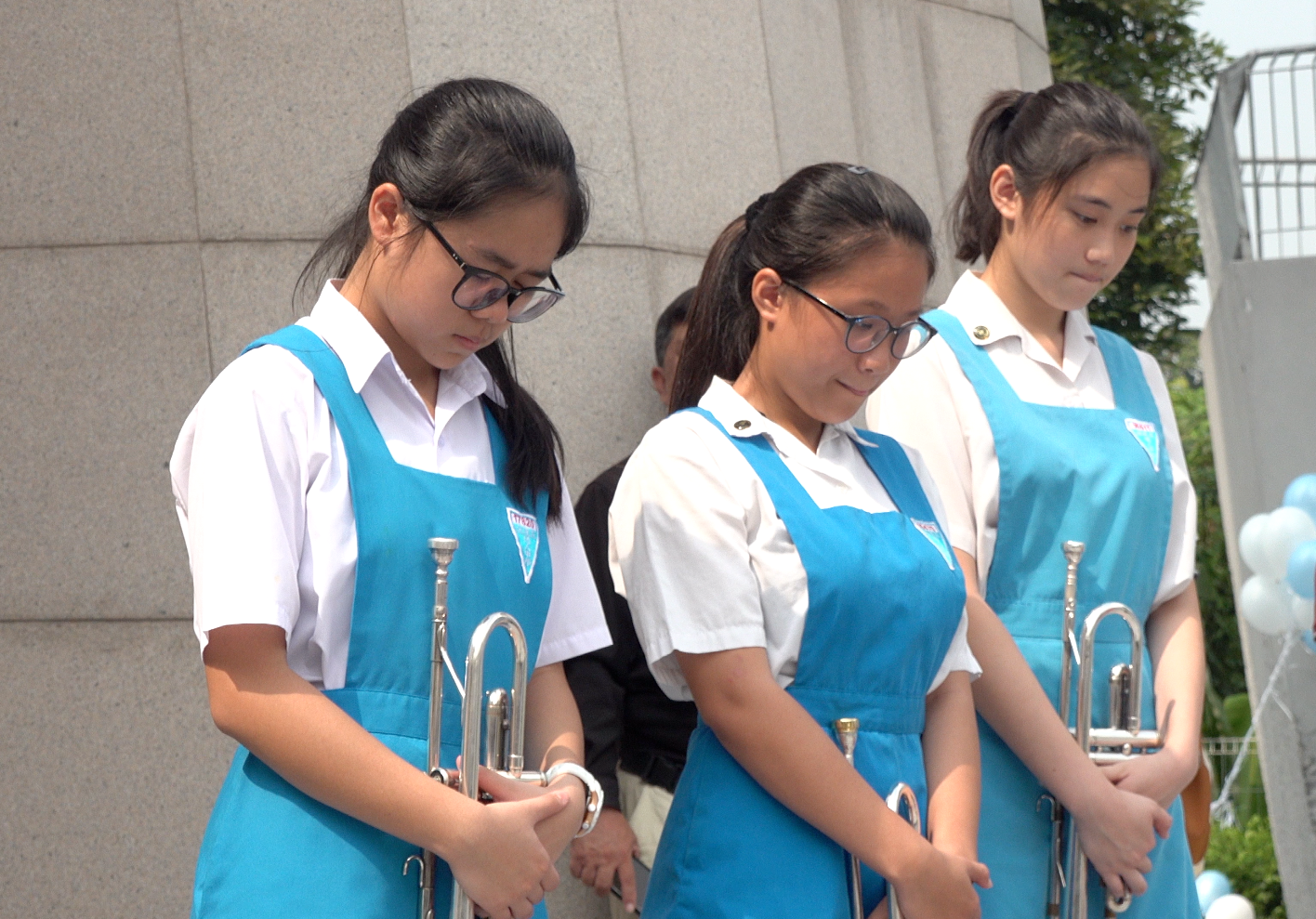
School students take part in the memorial ceremonies. /CGTN Photo
Authorities in Prime Minister Mahathir Mohamad's home state of Kedah erected signboards at the site of a newly restored monument to Japanese soldiers who died defusing a bomb that the Allies had planted on a bridge. The text referred to the Japanese soldiers' "bravery and sense of responsibility" while a banner referred to the "monument to Japanese heroes."
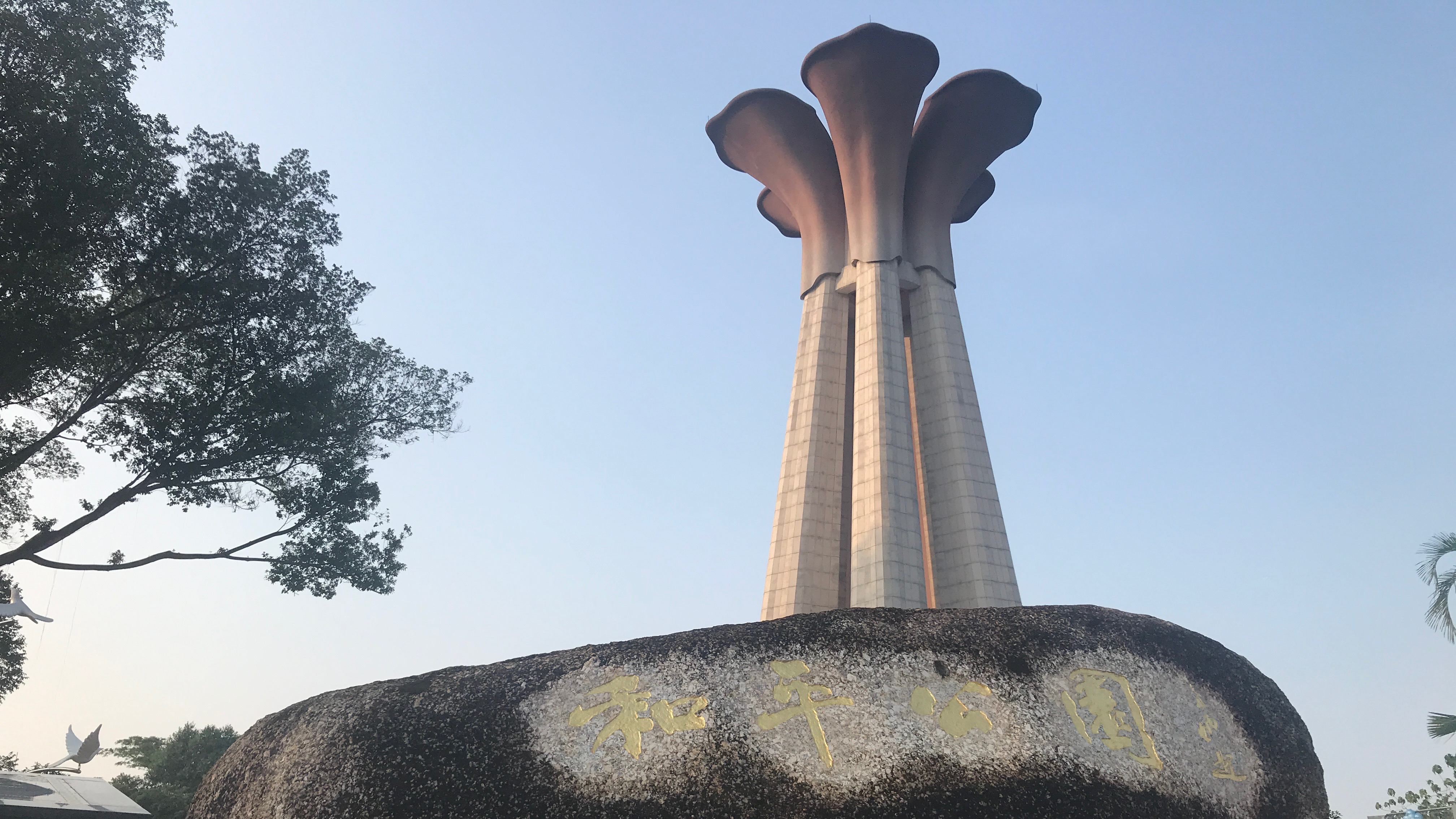
A new civilian monument to the World War Two./ CGTN Photo
It sparked an immediate outcry, with the signs – apparently the result of someone carelessly lifting the text from a wartime Japanese newspaper article – hastily taken down.
It may have been an accident, but it portrayed a lack of knowledge about the era, and lack of sensitivity to those who suffered or lost their lives under the occupation.
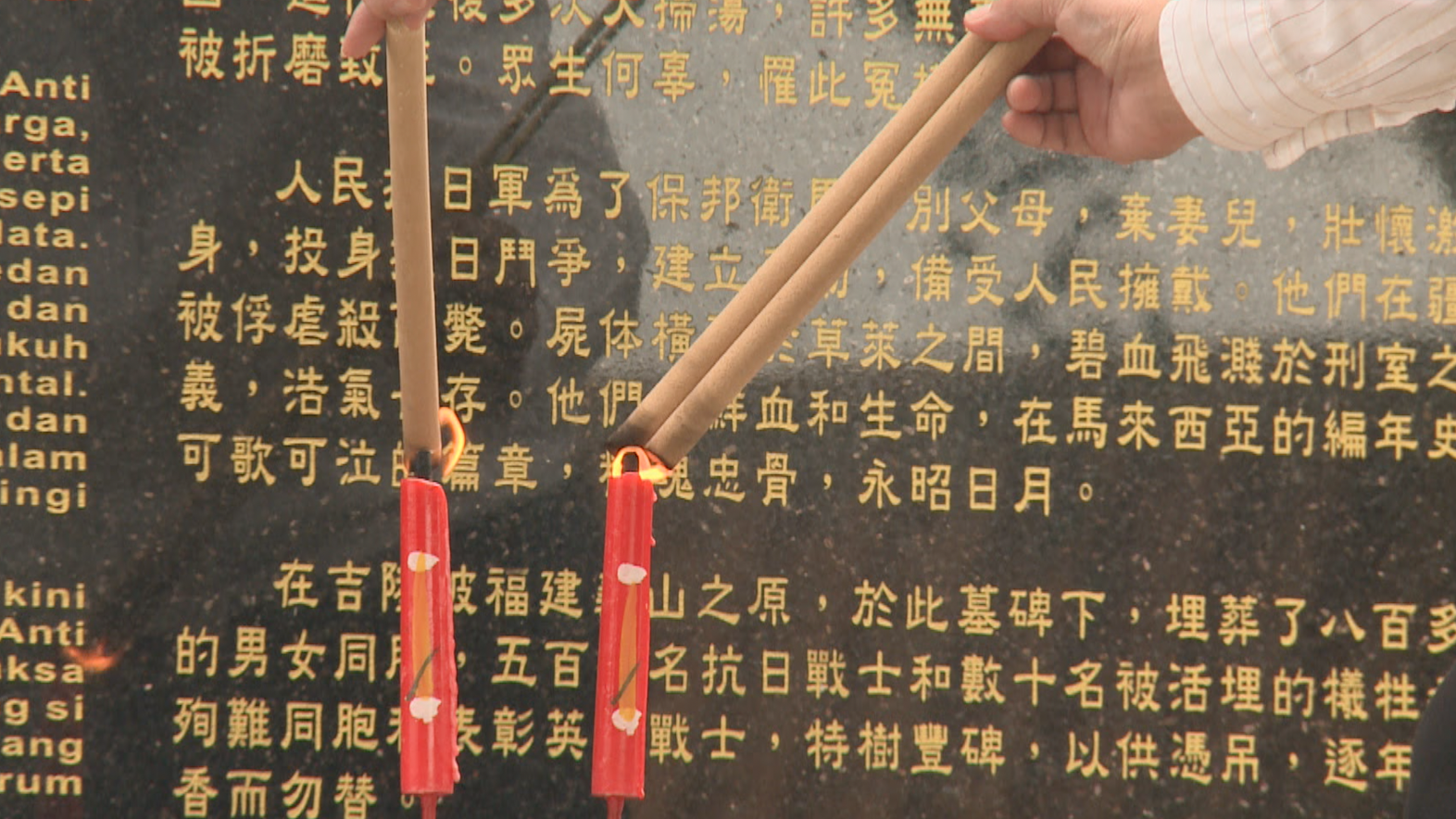
Some memorials are at the sites of mass civilian graves. /CGTN Photo
Local Chinese community, educational and historical groups have offered to help the government revamp its teaching of the Japanese occupation before it releases the updated history syllabus later this year. But so far the government has not taken them up on the offer.
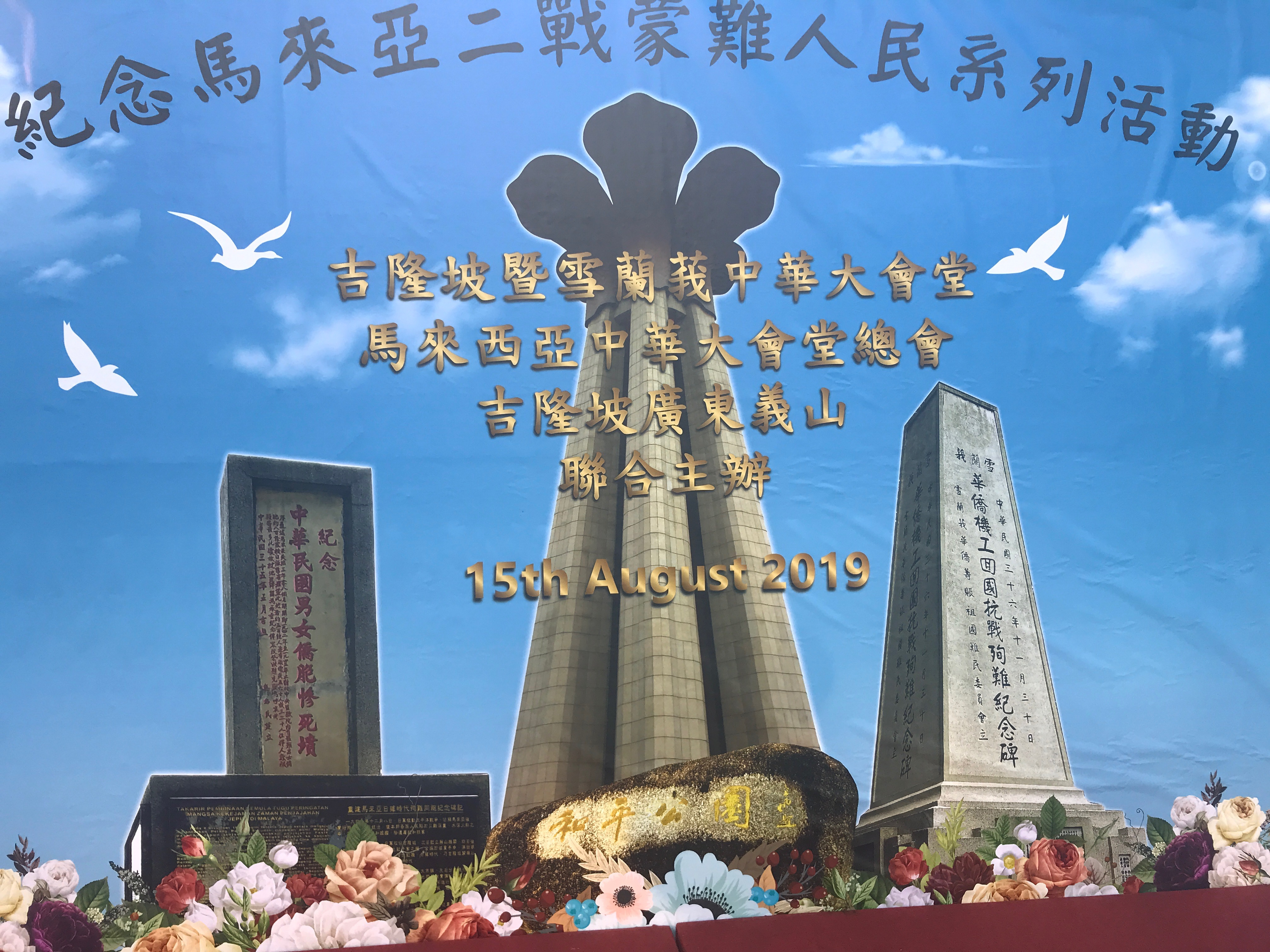
It is left to local Chinese groups to mark the anniversary of Japan's surrender. /CGTN Photo
And it seems inevitable that the community itself will continue to carry the burden of keeping memories of the era – and the lessons to be learned from it – alive among future generations.

Copyright © 2018 CGTN. Beijing ICP prepared NO.16065310-3
Copyright © 2018 CGTN. Beijing ICP prepared NO.16065310-3